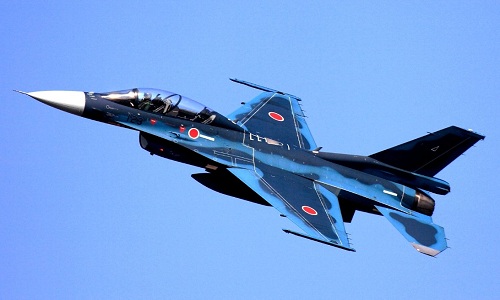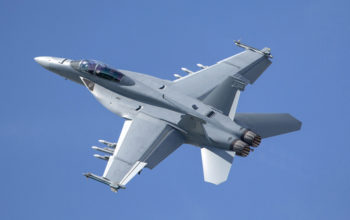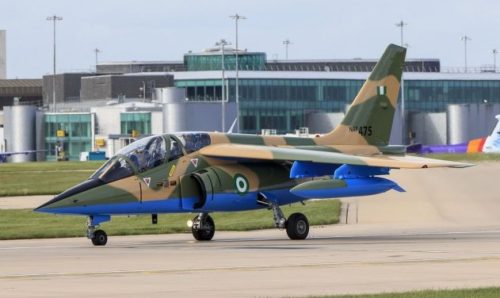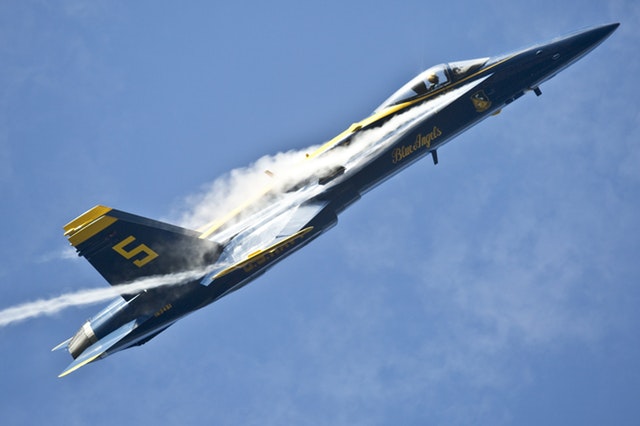Dassault/Dornier Alpha Jet
The Dassault/Dornier alpha jet has had a long history, from its initial inception to its gradual retirement from service, and is still used today in more civilian pursuits.
Over the years, many adaptations have been made – from the French/German prototype to the MS1 model fighting in Egypt – and each country has had its own view on the worth and purpose of this impressive aircraft.
The Inception of the Dassault/Dornier Alpha Jet
The idea for this alpha jet was first conceived in the 1960s as a means of filling a gap in the market.
A collaboration between French and British designers lead to the creation of the SEPECAT Jaguar – a supersonic jet aircraft that was designed for light attack.
On paper, this new plane was ideal for its single purpose, as a two-man strike fighter that was ready for nuclear warfare.
The problem was that this full-sized plane was only capable of full-scale operations, which was not what was originally asked for.
The aim had been to create a plane of this size and these specifications that could be used as a training jet. This failure meant that the designers had to go back to the drawing board.
The Prototype Dassault/Dornier Alpha Jet
Unsatisfied with the previous attempt, the French designers tried again, this time bringing in help from a team in West Germany.
Across the 1960s, this new collaboration worked on a new subsonic model that was built with training at the forefront of its purpose.
The specification was revealed in 1968 and by July of the following year, it was decided that both countries would engage in a joint production and development agreement.
The Dassault/Dornier name comes from the fact that the creation of prototypes was split between Dassault in France and Dornier in Germany.
Many that fly and keep the German models to this day tend to refer to it as the Dornier alpha jet.
French Engineers vs. German Engineers For Alpha Jet’s Design
The French and German teams both had slightly different ideas about using this new alpha jet
It was the French team at Dassault that created their prototype first. Their alpha jet took to the sky on its first flight from Istres on the 26th of October, 1973.
The model became known as the Alpha Jet E and the French took charge of 99 of these models before it was taken out of service.
The main aim of this design had always been to create a light fighter that could be used as a craft for pilot training, and the French stuck to this.
The French fleet primarily remained within the country to be used as training aids for the French air force.
Not long after the first flight of the French plane, the first German prototype took off from Oberpfaffenhofen on the 9th of January, 1974, with the rest following later in the year.
The Germans took a different approach to the function of these planes by focusing more on their potential as light strike aircraft than as training models.
They did use some of the alpha jets at a weapons training station in Portugal but turned to other aircraft in the United States for performance training.
Despite this, they still saw great potential in the alpha jet as a military craft and the Luftwaffe brought in 175 of them between 1979 and 1983 alone.
From Prototype To Mass Production
The development of the alpha jets from this prototype. As needs and technology advanced over the decades, the alpha jet was redeveloped and upgraded to meet the needs of all the air forces that had come to depend on upon it.
First came the Alpha Jet NGAE, which meant Nouvelle Generation Appui/Ecole. This improved model was still for use as either an attack or training jet but was now optimized for ground assaults.
The name was changed to Alpha Jet 2. After this came the Alpha Jet MS1 and MS2 models. The former was largely used in Egypt and was designed to offer close support in warfare.
The latter saw upgrades to the engine, cockpit, and avionics and was now capable of carrying Magic Air-to-Air missiles.
Sales of Alpha Jets and Exportation
As the Dassault/Dornier alpha jet developed, it was exported to other countries.
This alpha jet was soon sold to nations across the world in order to reinforce their air forces and provide the ideal training and light strike model.
Some nations only ordered a small number – such as Qatar that had 6 and Togo that had 5 – but others built up quite a fleet.
480 were produced in total and while many clearly stayed in France and Germany, Egypt, Morocco, and Nigeria took a decent number. Nigeria and Morocco both ordered 24.
Morocco did so to boost its resources during the Western Sahara War, using the planes to form a training squadron and COIN squadron for strikes on the Polisario Front.
Egypt, meanwhile, ordered 30 of the MS1 model from Dassault in the 1980s, 26 of which they built themselves from kits.
The Dornier Alpha Jet’s Retirement in Germany
The export market was clearly still going strong in the 1980s, but by the 1990s, the plane was slowly being taken out of service.
The dissolution of the jet wing in 1994 was the first blow and this was soon followed by a lack of flight instructors.
These instructors would soon provide tactical training for the future Tornado pilots, before seeing the alpha jet retired from military service in 1997.
The loss of the alpha jet in regular service did not mean that that plane would not be seen in the skies again, however.
The legacy of the Dornier alpha jet – as a military aide and feet of engineering – continued to this day as countries continued to use the model in operations and in civilian aviation.
In regard to military use, Nigeria decided to bring that fleet of 24 jets back into operation in 2013.
The military upgraded 13 of these planes to make them serviceable once again and used them alongside newer models.
No longer a training plane, these jets were used in patrols and air strikes in the campaign against Boko Haram.
As for civilian use, models of these alpha jets have been sold to private owners across the world through auction.
Some have been upgraded and modified for civilian aviation and new purposes, such as those used by the Flying Bulls flight demonstration team.




